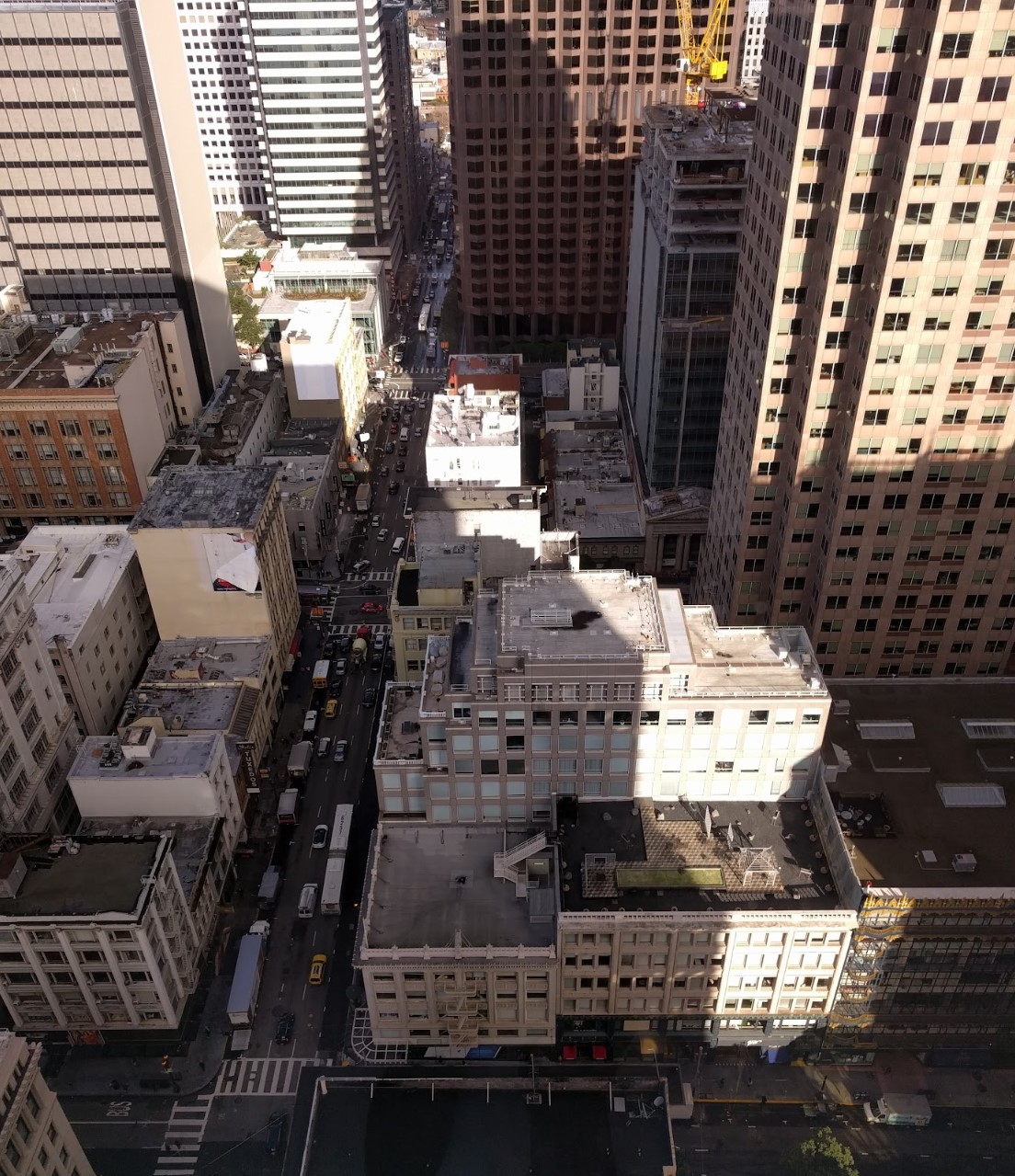THINKING: research
Office Conversion to Residential: Why Class C Office Buildings are the First Step to Reviving Downtowns

The conversion of offices to residential buildings in San Francisco has been a topic of discussion amid the pandemic and shift to remote work, leaving the future of office and workspace uncertain. In major markets less than 50% of office workers have returned to in-person work. San Francisco went from a 4% office vacancy rate pre-pandemic to 24% in 2022. Meanwhile, residential rents have nearly recovered to pre-pandemic levels in the Bay Area .
Converting large high rises (like the Salesforce Tower or Embarcadero Center) to residential is very expensive given the huge amount of new services (plumbing, residential HVAC etc.) that have to be run through the building, and the challenge of creating apartment units out of large floors that were originally designed for open plan office use. This is the conversion scenario that has dominated the national conversation about this issue. Residential units in these buildings inevitably have windowless bedrooms and other tradeoffs and inefficiencies that result in lower rents relative to typical high-rise apartments in purpose built buildings.
OpenScope has been researching the feasibility of office conversion to residential units, and Class C buildings are the sweet spot: smaller floorplates that allow for more natural light, high ceilings and operable windows all make for much simpler residential conversions, and create the type of apartments that people want to live in. These conversions are more similar to the loft building conversions that were common in the 1990s and before than they are to converting commercial high rises.
Looking at downtown San Francisco, older Class C buildings have become particularly difficult to lease as tenants are often going fully remote or upgrading to newer buildings that have now become cheaper. These are generally background buildings that sit on small parcels, sometimes with an alley behind them. Parcel sizes vary but can go down below 3,000 square feet. Scanning San Francisco CoStar data for pre-1950 sub 9-story buildings shows a vacancy rate of around 40%:
Office conversions provide the opportunity to create mixed-use neighborhoods and bring people into the financial district even during construction. Permitting is a much shorter path than entitling new construction, and financing renovations will be much more flexible if we can make these building permits more like an ADU. In addition to the overall lower costs, using historic tax credits can make these projects more financially feasible. Rental rates for apartments have also rebounded since pandemic lows, going up 12% in San Francisco between 2021 and 2022, making residential use of vacant space much more attractive given the status quo.
The financial feasibility of these conversions will depend in on whether projects can pencil out given the sales prices of the office buildings, construction costs, and the demand for new apartments but there is a lot the city can do to help make this more feasible and predictable.
OpenScope principal Mark Hogan has been discussing office conversion to residential issue with San Francisco city officials who hope to have new legislation in place by the end of 2023 to ease the path for office to residential conversions. A few of the items that are needed to make this work:
- Building code equivalencies to cover a few of the typical conditions that arise around exiting, egress windows, elevator size requirements, and existing nonconforming conditions on things like stair dimensions. This has already been done to encourage the development of accessory dwelling units in multifamily buildings.
- Planning code relaxations for things that can’t be provided in existing buildings, like open space or compliance with SF Planning’s “Exposure Requirement” from Section 140 that mandates all units look out on a 25’ square area or public street.
- Streamlining of permitting so permits can be issued in months instead of years.
- Review of incentives, including fee waivers, to improve financial feasibility.
- Outreach and education to encourage existing small property owners to consider these type of projects.
These projects are clearly not the entire solution to reviving downtown San Francisco, or other cities struggling with vacant office space, but they are a pretty easy first step.
Please review the attached PDF presentation to learn more about our office conversion to residential analysis for the city of San Francisco. Get in touch with your questions at info@openscopestudio.com.
Our PDF on office conversions is here, click below to download: